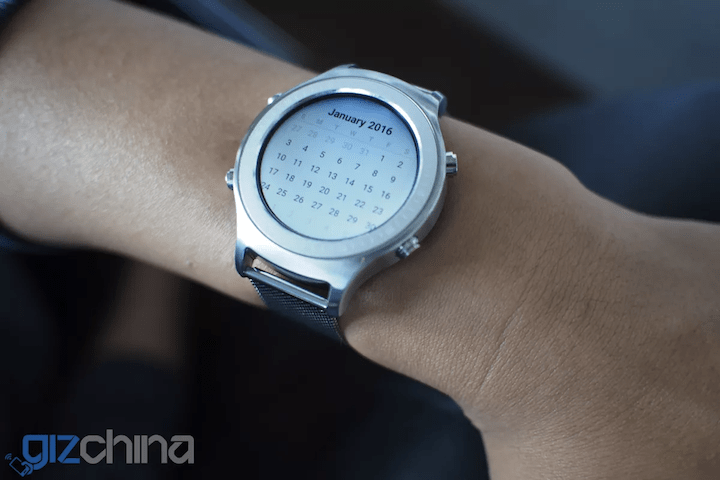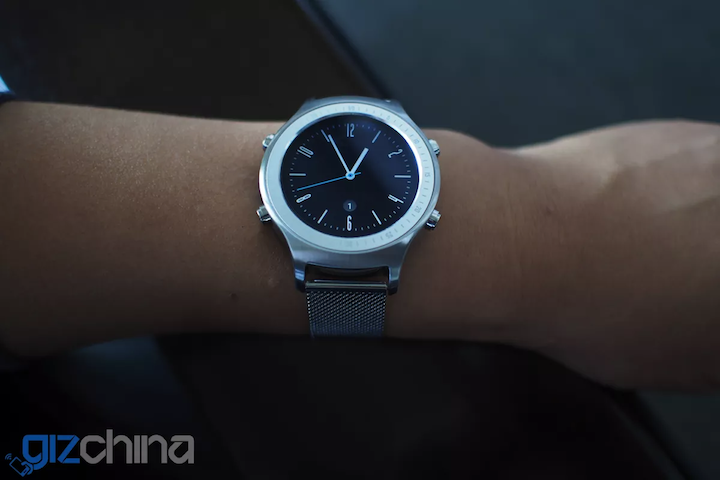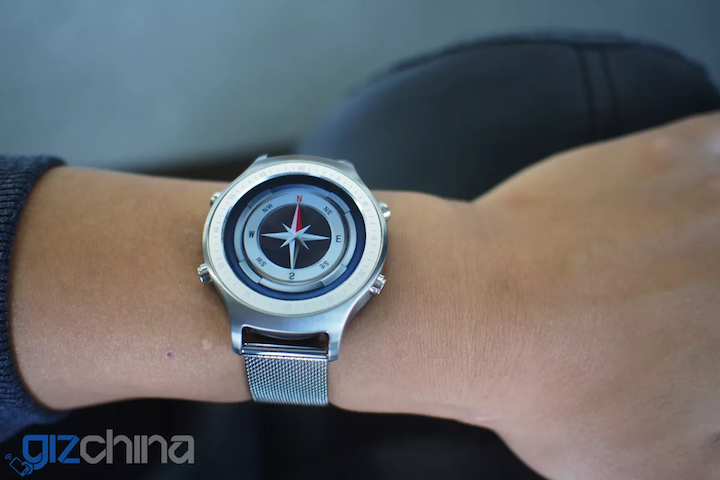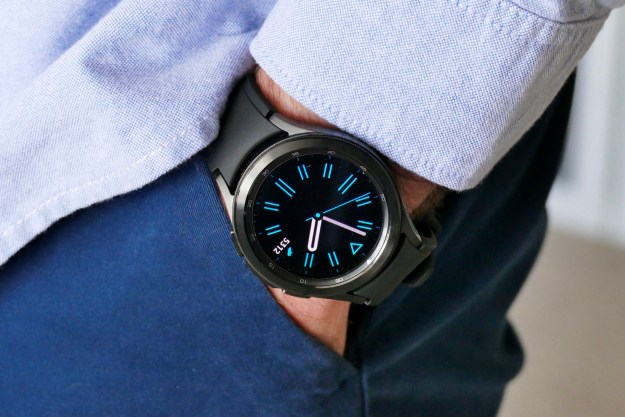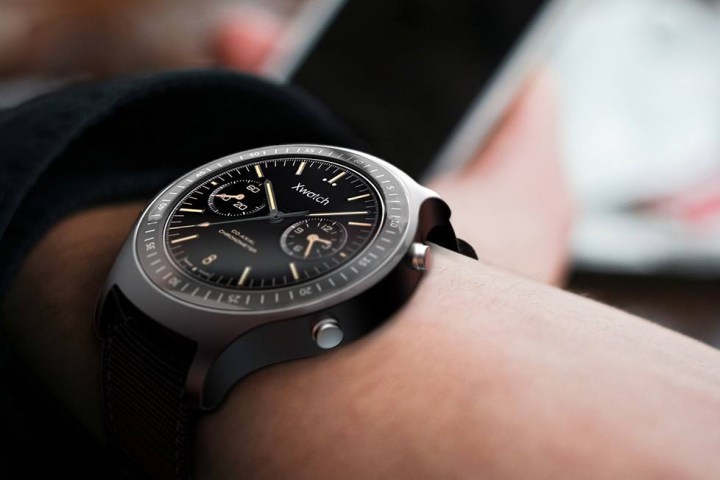
The Xwatch looks great, with a large 1.3-inch circular screen, a selection of buttons, a metal body, fun interchangeable bezels, and what looks like an easily replaceable strap. That’s a recipe for success on its own, but it’s further augmented by apparently being a sensible 9.8mm thick, and having a big 480mAh battery inside. For comparison, the LG Watch Urbane is nearly 11m thick, and has a 410mAh battery — currently one of the largest inside an Android Wear watch.
The Xwatch isn’t listed on Bluboo’s website, but has been discussed on its blog, where further specs are revealed. These include 512MB of RAM, 4GB of internal memory, a 360 x 360 pixel screen resolution, and a MediaTek processor. Bluboo’s hinting the Xwatch may be waterproof and shock resistant too. That’s all sounding positive, but it gets better. According to GizChina, the XWatch will cost just $100. That’s less than half the price of most Android Wear smartwatches we see at the moment.
There is a slight discrepancy which will have to be cleared up in the future. Bluboo’s site claims Android Wear is onboard, while the more recent GizChina report says it’s full
It’s not the first time we’ve seen a smartwatch from Bluboo. The Uwatch was revealed back in November last year, but came with a square face, and ran Android Wear. Again the price was low, with the quoted cost a mere $50. The Uwatch didn’t get us all that excited outside of that price tag, but the Xwatch looks the part and still manages to be wallet friendly. We’ll let you know when it goes on sale.
Editors' Recommendations
- One of the first Android phones of 2024 isn’t what you expect
- The iPhone’s futuristic satellite tech isn’t coming to Android any time soon
- The Google Pixel Watch isn’t great, but it could still save Wear OS
- Android 12L and Wear OS 3 show Google still isn’t serious about tablets and smartwatches
- Samsung’s Galaxy Tab S8 shows why Android 12L isn’t enough

